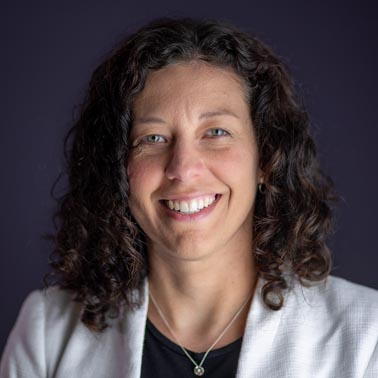How VCU faculty and students adapted to remote learning
A glance at the innovative ways professors and students continued their work in these unprecedented times.

By Elinor Frisa, University Public Affairs, ejfrisa@vcu.edu
Tuesday, May 5, 2020
Below is an excerpt from a University Public Affairs story. A link to the complete article is at the bottom of this page.
March 23 was a day VCU students and faculty will likely remember for years to come. It was the day they “returned” from spring break. But instead of making their way back to campus and ducking into classrooms, labs and studios, they logged on to their computers from their couches or beds, the kitchen table or their backyard, many of them fending off interruptions from parents, siblings, kids or pets.
It was a situation none of them could have envisioned at the start of the year. And yet despite the challenges, professors kept teaching and students kept learning. Most professors had to modify their courses, and in some cases the change in format led to unexpected opportunities, whether it was new ways to connect with students, creative class projects, or lessons that incorporated the very thing that was foremost for people around the world — COVID-19.

In the School of Education, Adria Hoffman, Ph.D., the Anna Lou Schaberg Professor of Practice, Teaching and Learning, shifted gears to focus on her students’ well-being in the two sections of a course she teaches on communicating and collaborating with families. At the start and end of their first Zoom class, she asked students to provide words describing how they were feeling and created a word cloud from the results. At the start of class, the most common word was “overwhelmed” but by the end, it was “together.”
“I did a quick social-emotional check-in with them, modeled it, and I said, ‘You can do this with a 5-year-old. You can do this with a 10-year-old,’” Hoffman said, describing the social-emotional learning activity.
In the weeks that followed, Hoffman’s students learned how to combat compassion fatigue, a secondary form of trauma often experienced by teachers and others in the helping professions, and talked about the importance of self-care. The class exercises Hoffman led did double duty — they helped students deal with their own emotions in the face of COVID-19, and the students can use them as soon as this fall with their own students when they begin student-teaching.
“I showed them some other resources they can use with elementary schoolers and their parents to do that kind of check-in,” she said. “I had them do an exercise which you can do with 5-year-olds: ‘All right, it’s the end of class. I want you to say thank you to one of your classmates for something.’ And they just kept going for 20 minutes, which was really cool and really powerful.”
Student James Valdivieso appreciated the chance to focus on well-being.
“Overall, this class…has really helped get me back on track in time to handle my finals with the usual level of stress rather than an engorged amount thanks to isolation/quarantine,” he said.